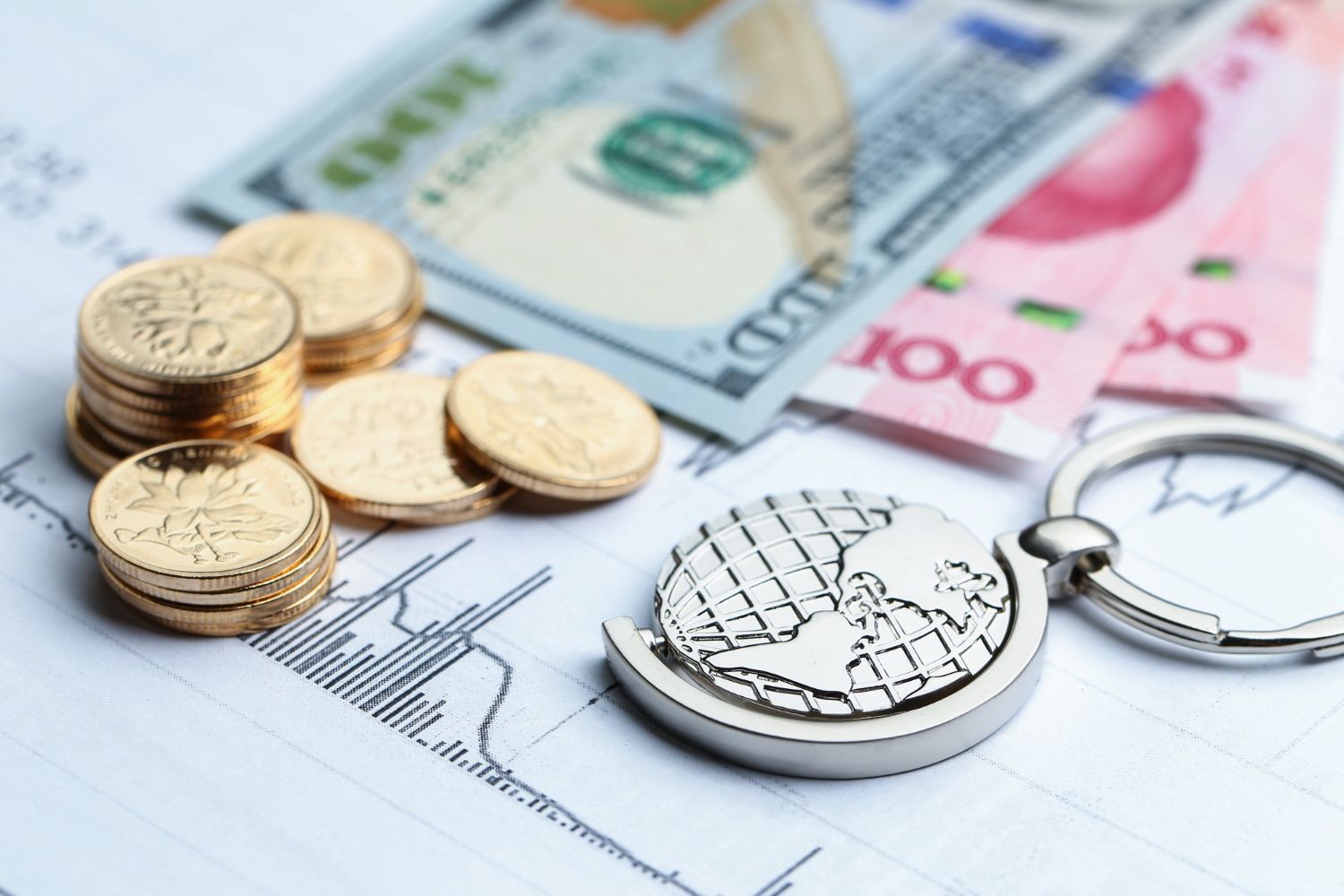Understanding Exchange Rates and How They Impact the Global Money Transfer Market

Exchange rates play a fundamental role in the global money transfer market, affecting international trade, investments, tourism, and various other economic activities. These rates determine the value of one currency relative to another and are influenced by a myriad of factors, including economic indicators, geopolitical events, market sentiment, and central bank policies.
The Basics of Exchange Rates:
At its core, an exchange rate is the price of one currency expressed in terms of another. For instance, if the exchange rate between the US Dollar (USD) and the Euro (EUR) is 1.20, it means 1 USD is equivalent to 1.20 EUR. Exchange rates are typically quoted in pairs, with the base currency listed first, followed by the quote currency.
Exchange rates are not static; they fluctuate continuously due to the forces of supply and demand in the foreign exchange market (Forex). These fluctuations create opportunities for traders and investors to speculate on currency movements, aiming to profit from favourable changes in exchange rates.
Factors Influencing Exchange Rates:
1. Interest Rates:
Central banks' monetary policies, including changes in interest rates, have a significant impact on exchange rates. Higher interest rates in a country tend to attract foreign investors seeking better returns, driving up demand for that country's currency and increasing its value relative to other currencies.
2. Economic Indicators:
Economic data, such as GDP growth, inflation rates, employment figures, and trade balances, can influence exchange rates. Strong economic performance often leads to a stronger currency as it signals a robust and stable economy.
3. Political Stability:
Political stability and geopolitical events can influence investors' confidence in a country's currency. Uncertainty or political turmoil may lead to capital flight, devaluing the currency.
4. Market Sentiment:
Market participants' perceptions and expectations about the future can lead to short-term fluctuations in exchange rates. Positive or negative sentiment can drive currency movements.
5. Speculation:
Traders and investors in the Forex market engage in speculative activities, buying and selling currencies in anticipation of future price movements, further influencing exchange rates.
6. Trade Balances:
Countries with trade surpluses (exports exceed imports) tend to experience an appreciation of their currency, while those with trade deficits (imports exceed exports) may see their currency depreciate.
The Impact on Global Money Transfers:
Exchange rates have a direct impact on the cost of international money transfers. When individuals or businesses send money across borders, they have to convert their domestic currency into the recipient's currency at the prevailing exchange rate. A favourable exchange rate can result in more funds received on the recipient's end, while an unfavourable rate can lead to reduced value upon conversion.
For instance, if someone in the UK wants to send money to a family member in the US, they will have to exchange British Pounds (GBP) for US Dollars (USD). The exchange rate at the time of the transfer will determine the amount of USD received by the recipient. If the exchange rate is 1 GBP = 1.30 USD, sending £1000 would result in $1300. However, if the rate changes to 1 GBP = 1.25 USD, the recipient would receive $1250, even though the sender transferred the same amount.
To mitigate the impact of exchange rate fluctuations, individuals and businesses can use hedging tools like forward contracts or options. These financial instruments allow parties to lock in a specific exchange rate for future transactions, reducing uncertainty and risk.
In conclusion, exchange rates are a critical aspect of the global money transfer market. They are influenced by various economic, political, and market factors and can significantly impact the cost and value of cross-border transactions. Understanding these dynamics is essential for anyone engaged in international trade, investments, or remittances, as it allows for better decision-making and risk management.
